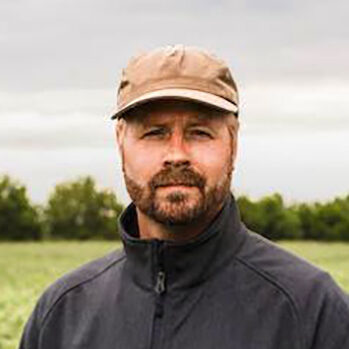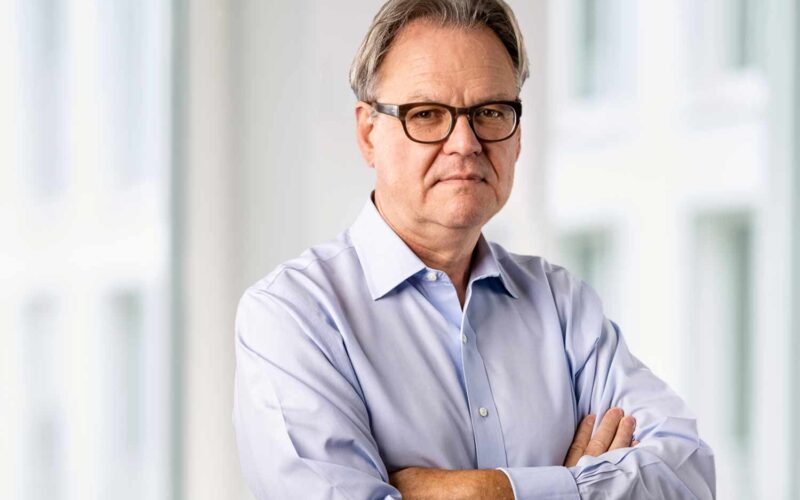Clint Brauer – After an investment of Chipotle, ready to scale his robots to weed hundreds of thousands of acres
A check-in interview with Clint Brauer, founder and CEO of Greenfield, company powering chemical-free agriculture with advanced AI-powered robots, about his dream to get chemicals and expensive machinery out of broad acre, row crop farming (AKA soy corn farming which currently occupies millions of acres around the world, especially in large industrialised agriculture countries), the ending of the era of the chemicals, and much more.
After interviewing Clint in September 2020, we check in on what has changed; farmers and many others in the space see that the era of chemicals is ending. It might not look like that yet, but we have already won: chemical-free, broad-acre farming is totally possible; now it is about execution. What else has changed? Is Clint still interested in integrating animals, and why has Chipotle invested in the company?


